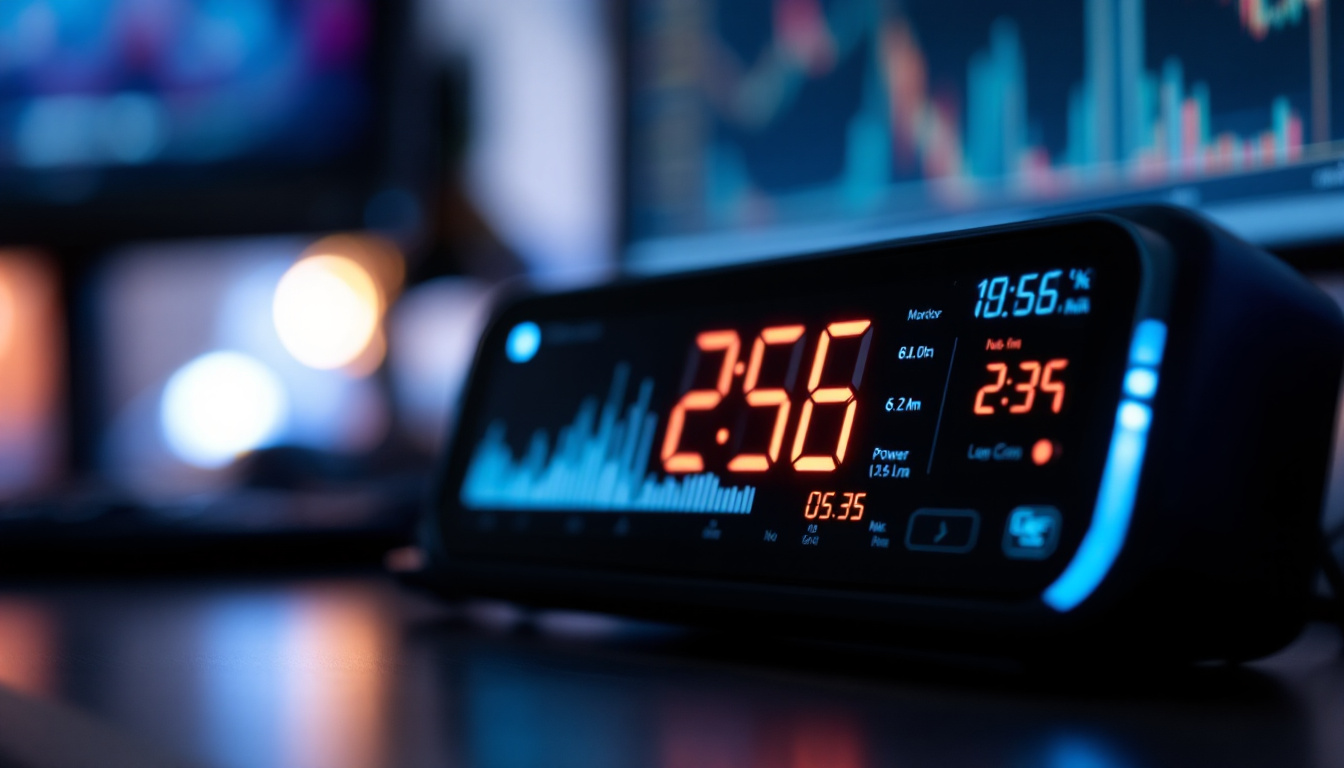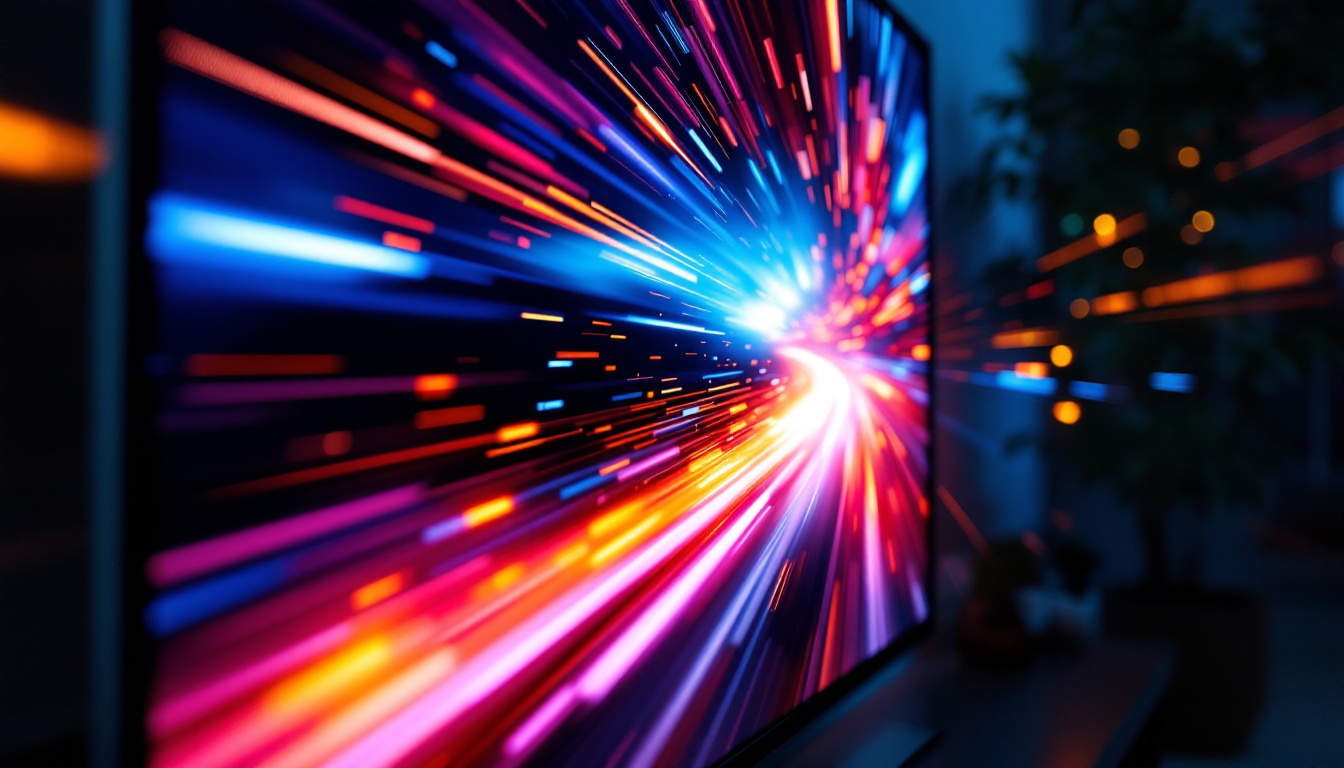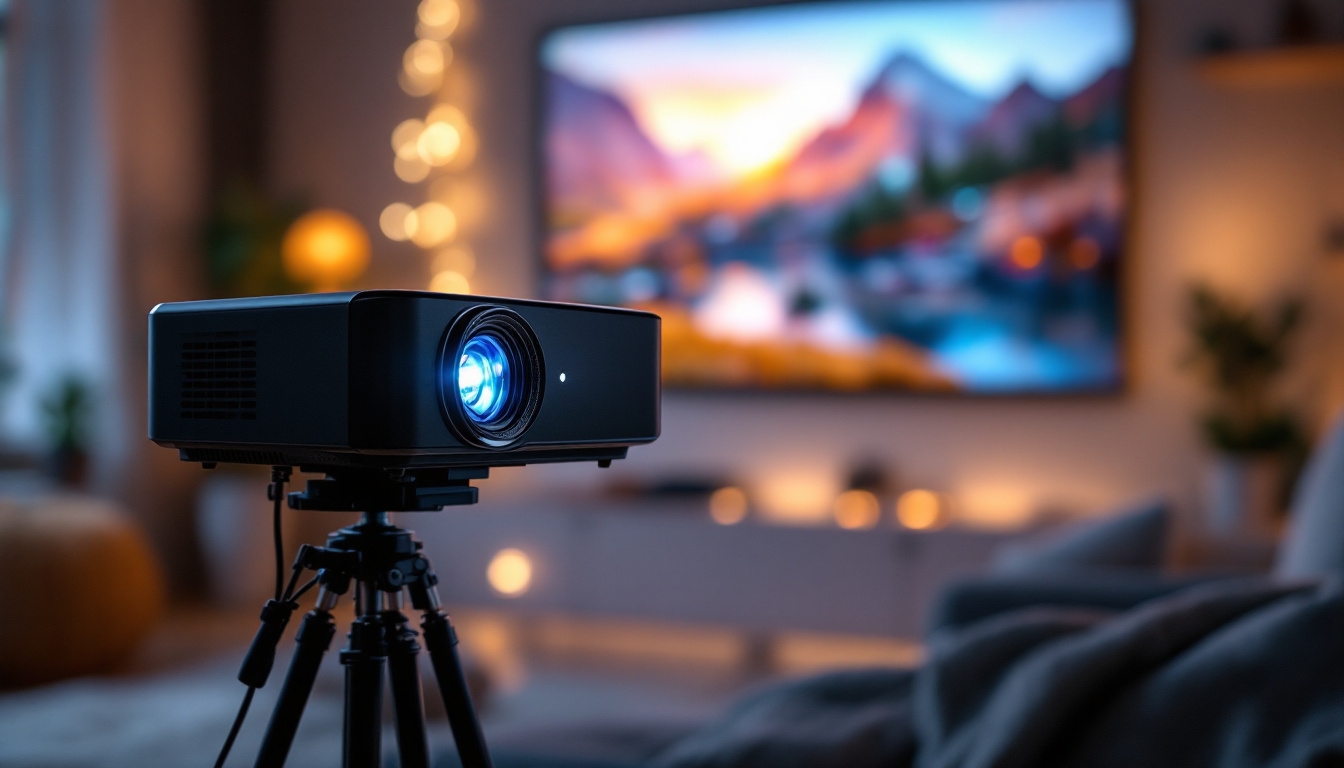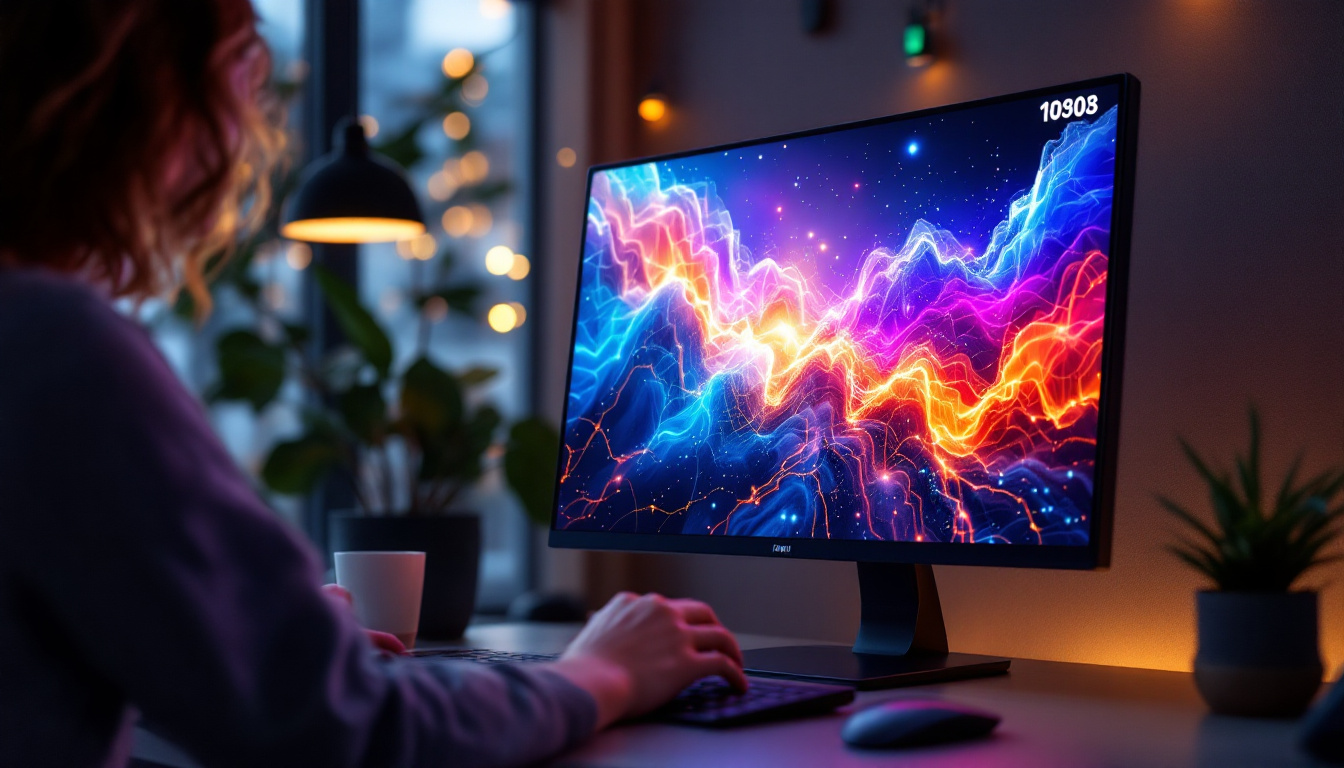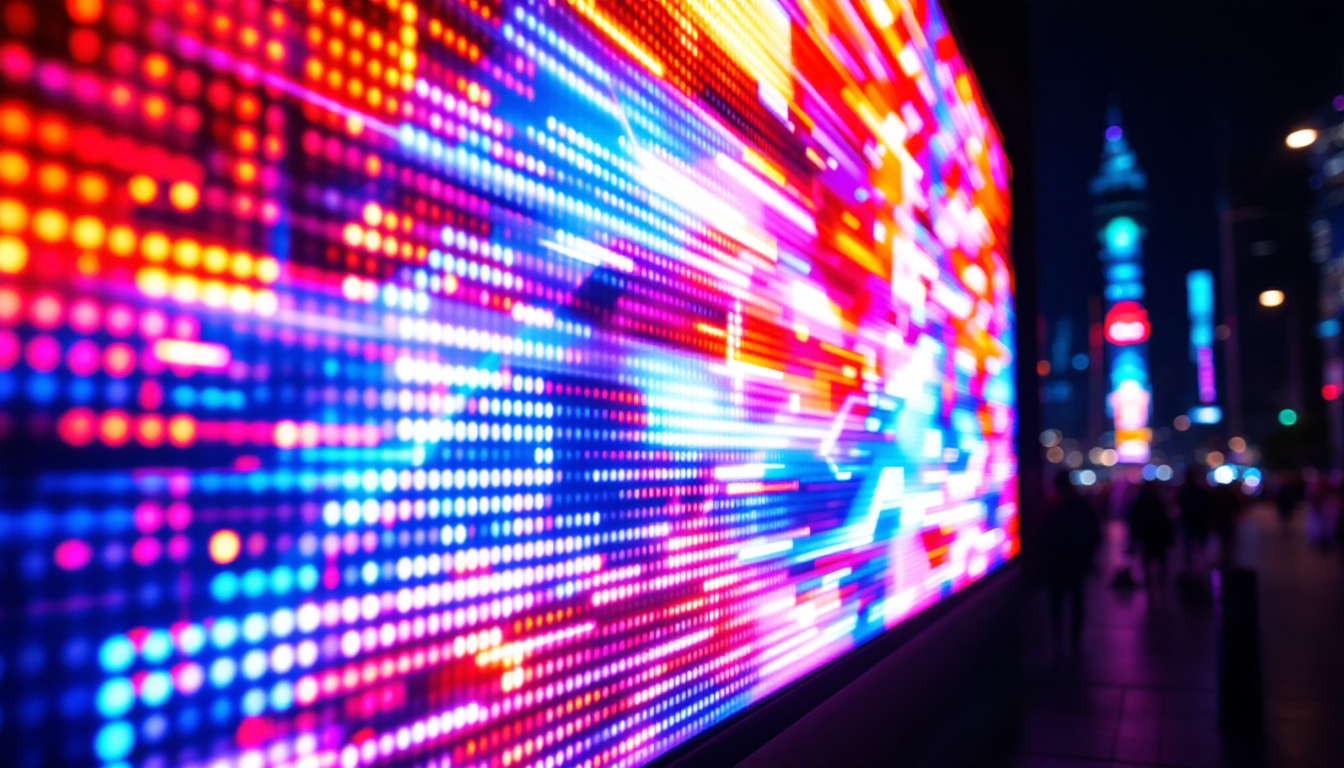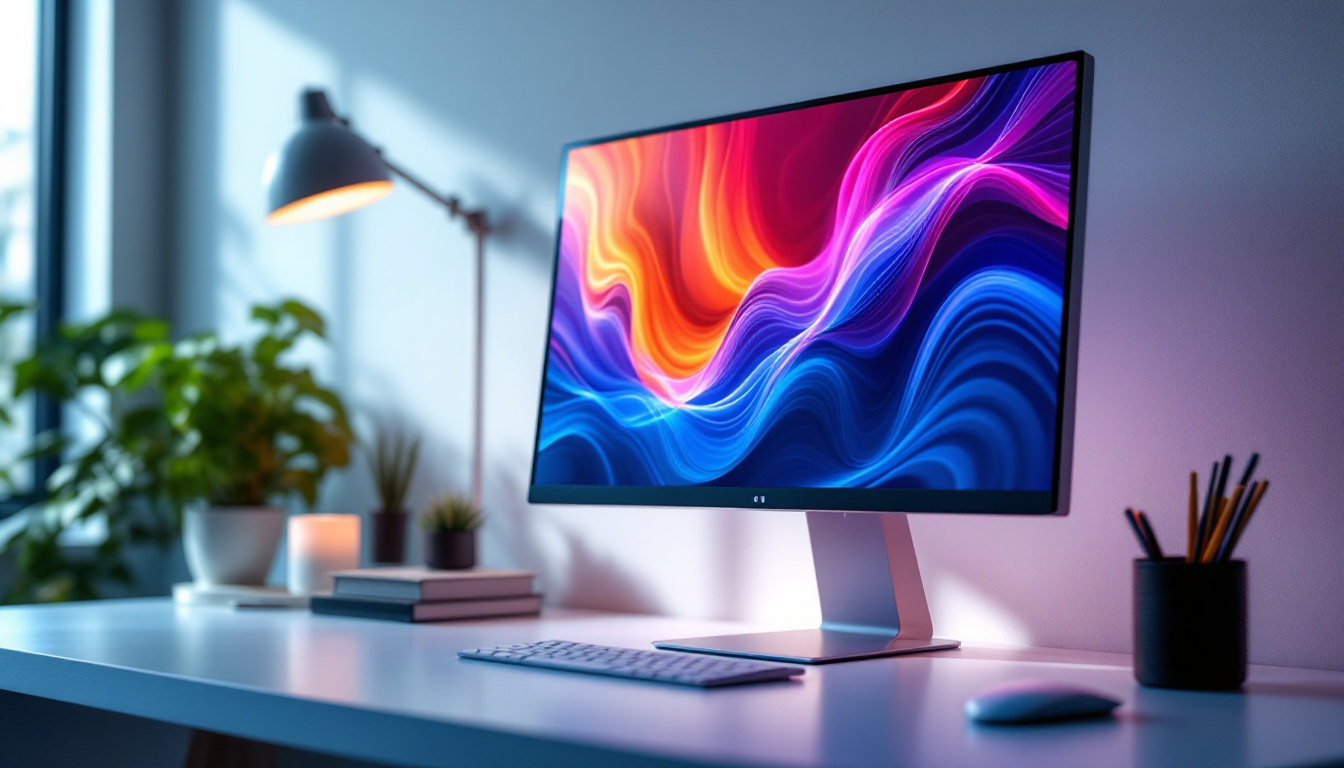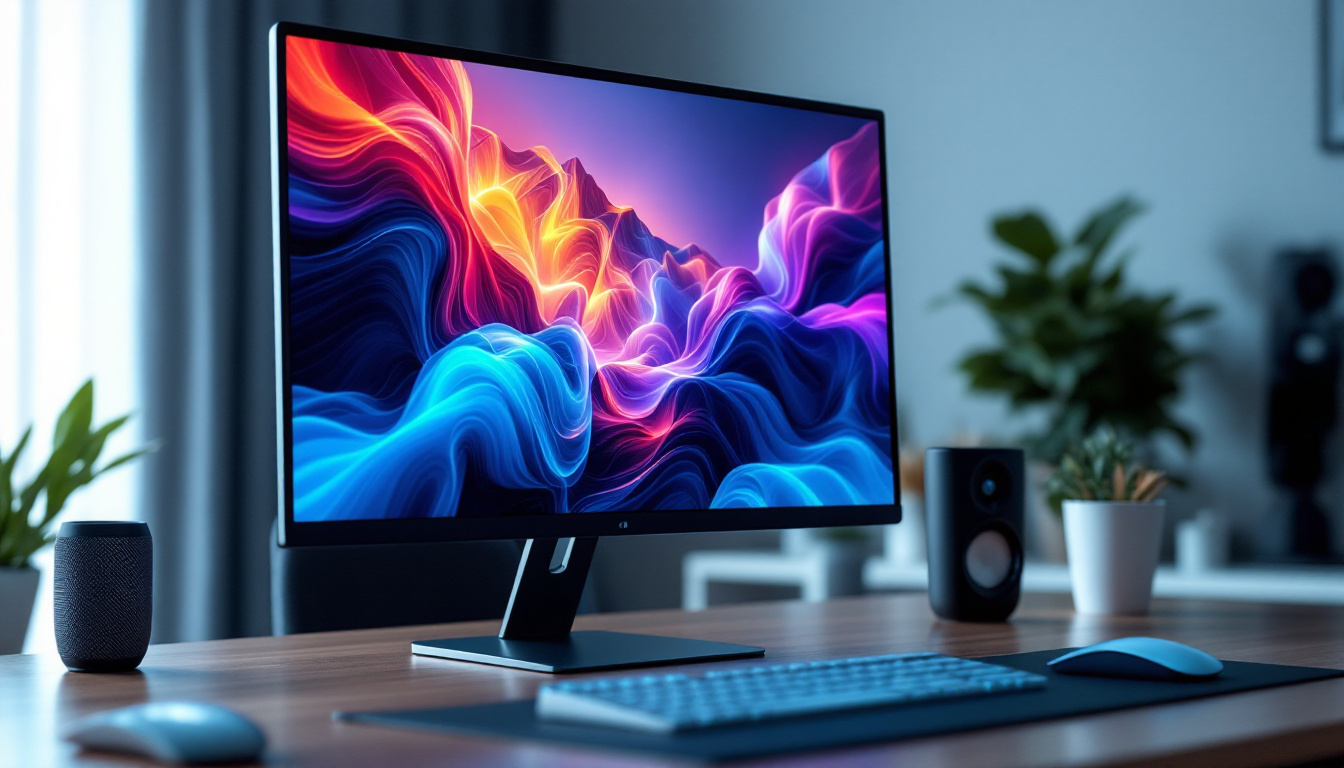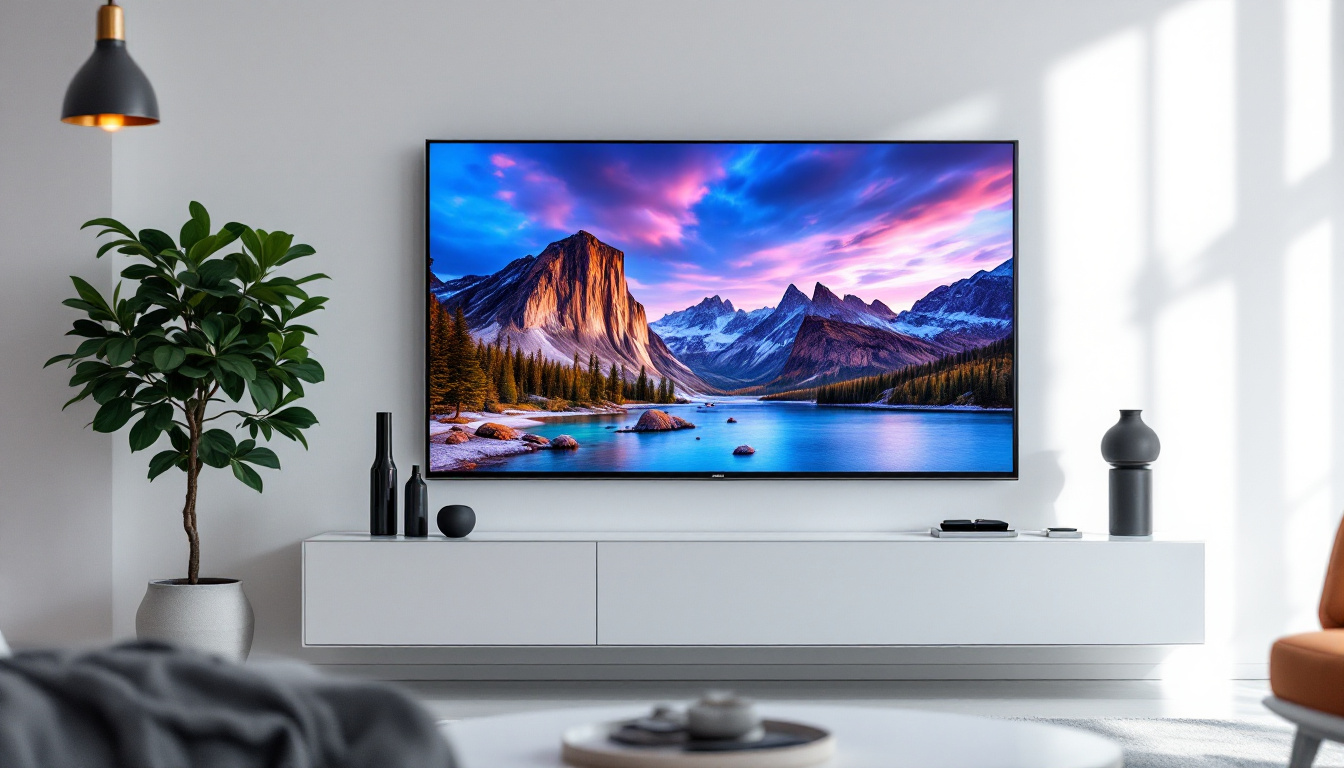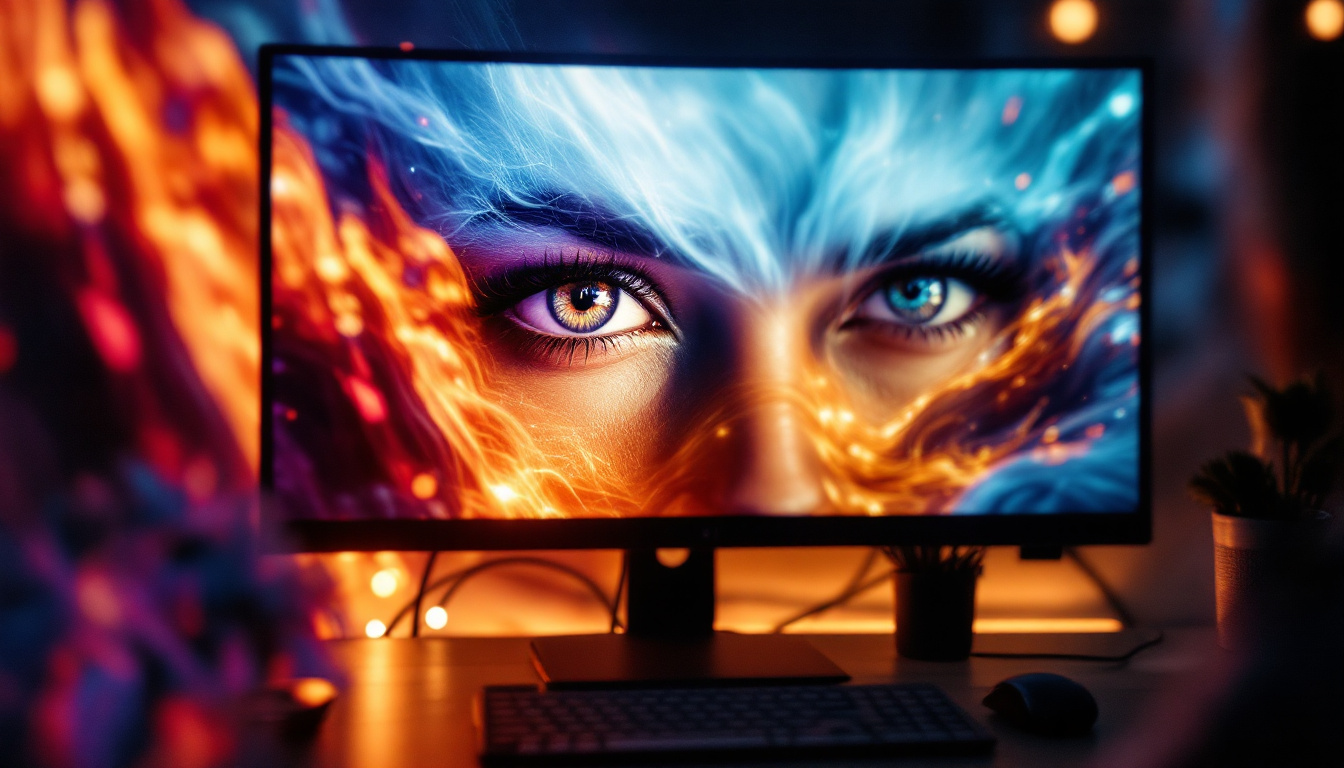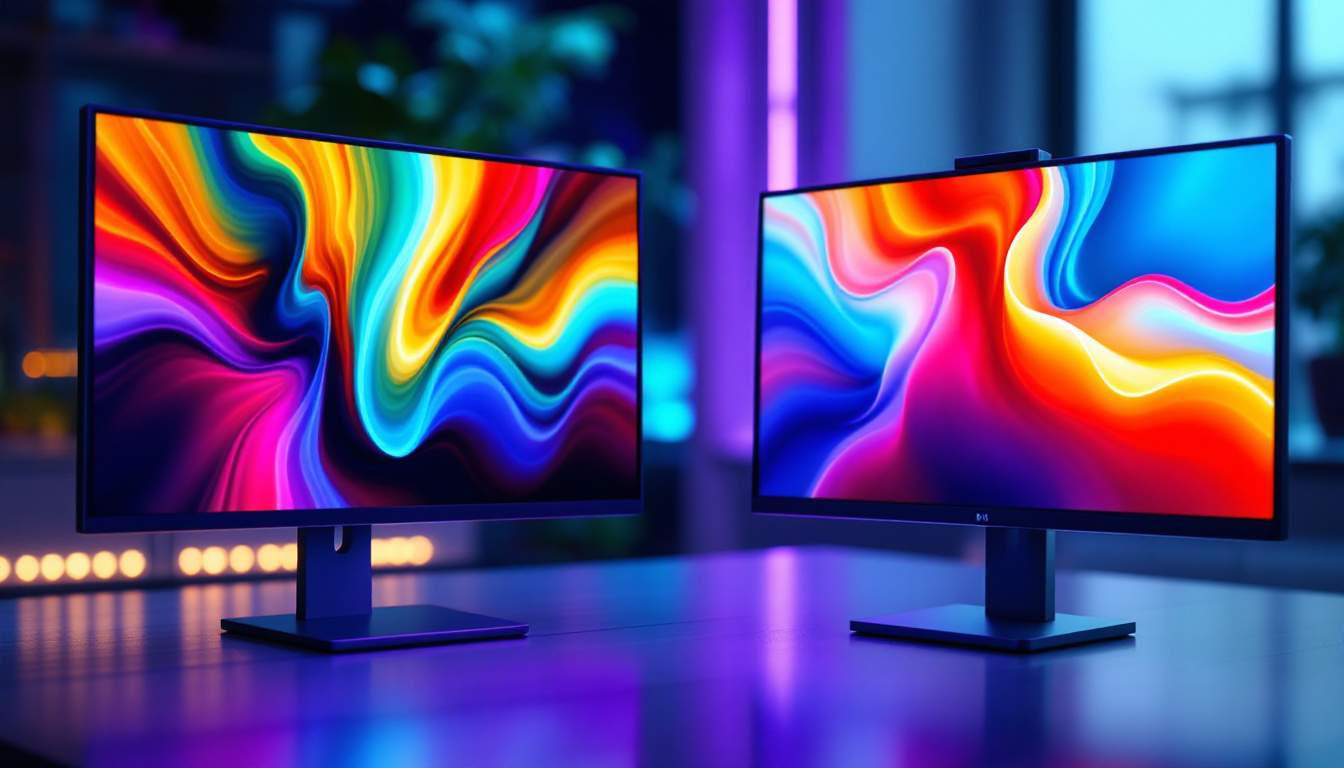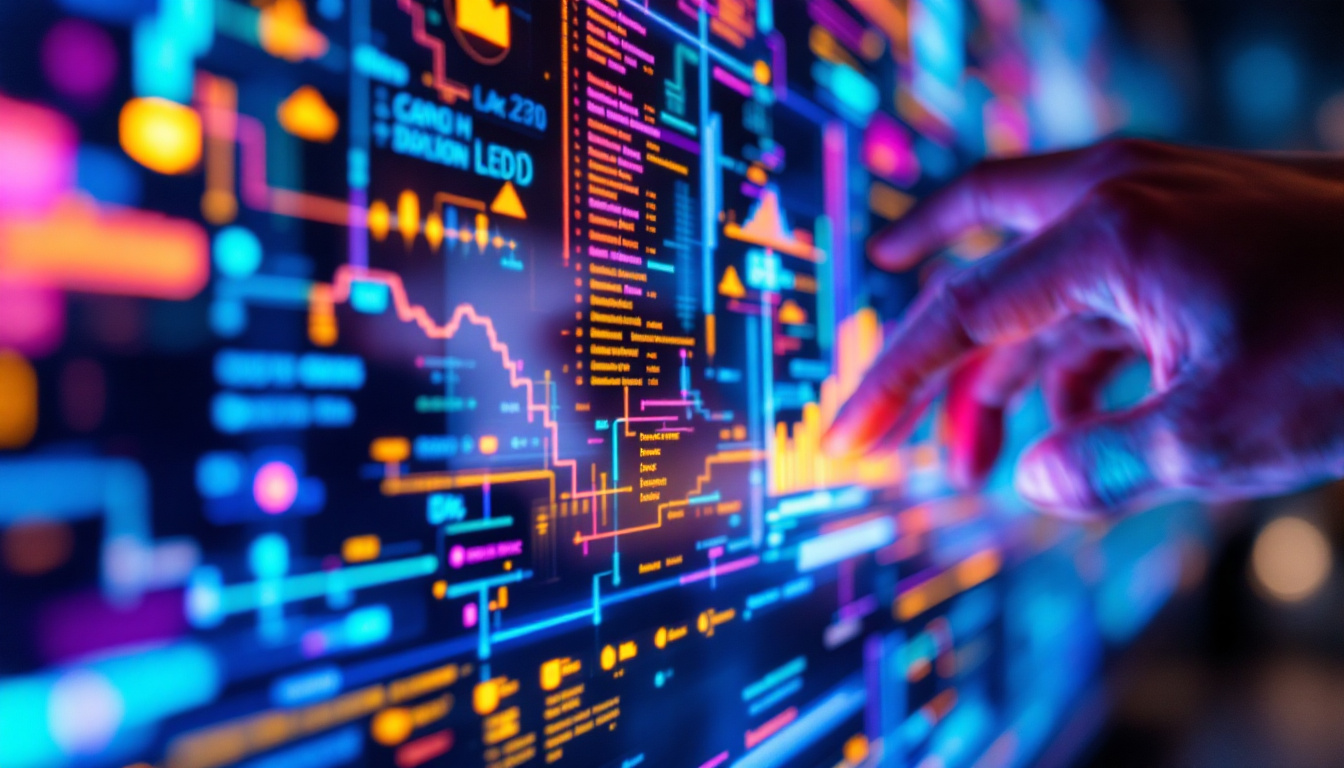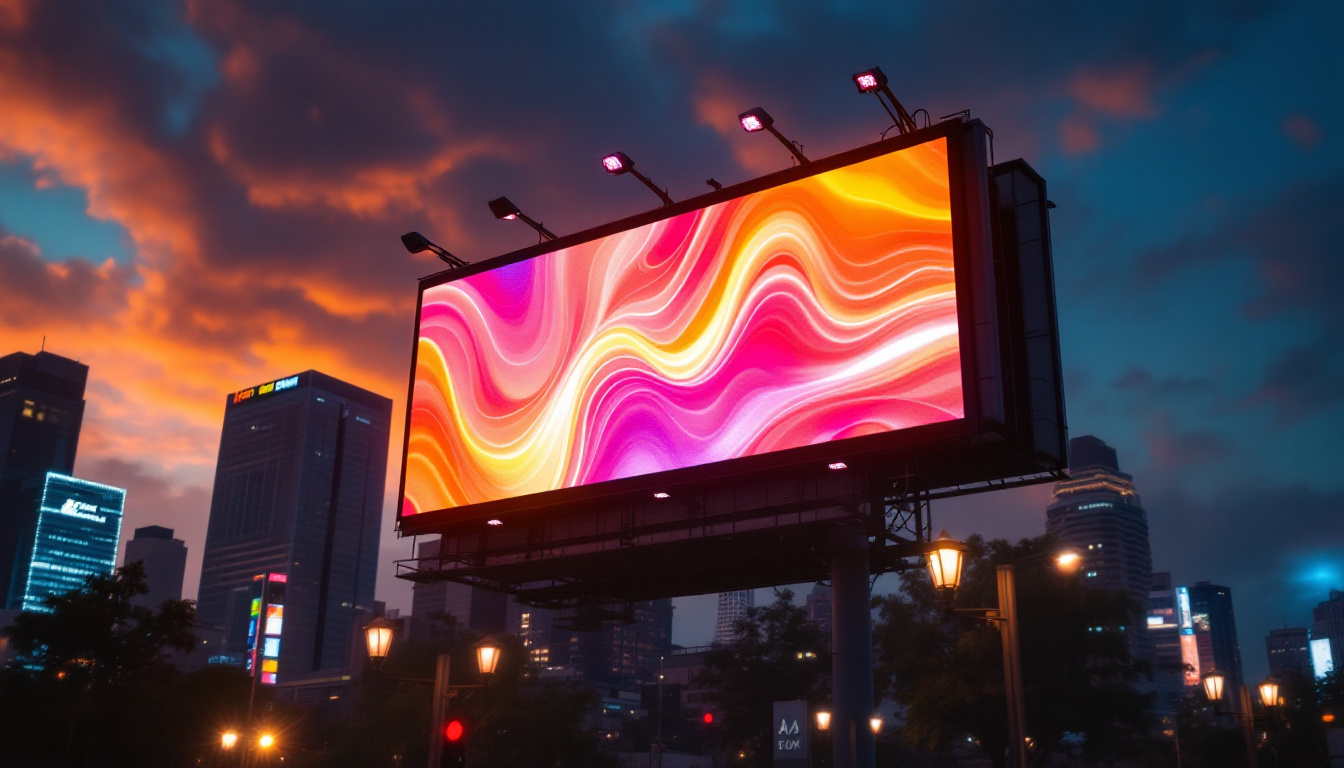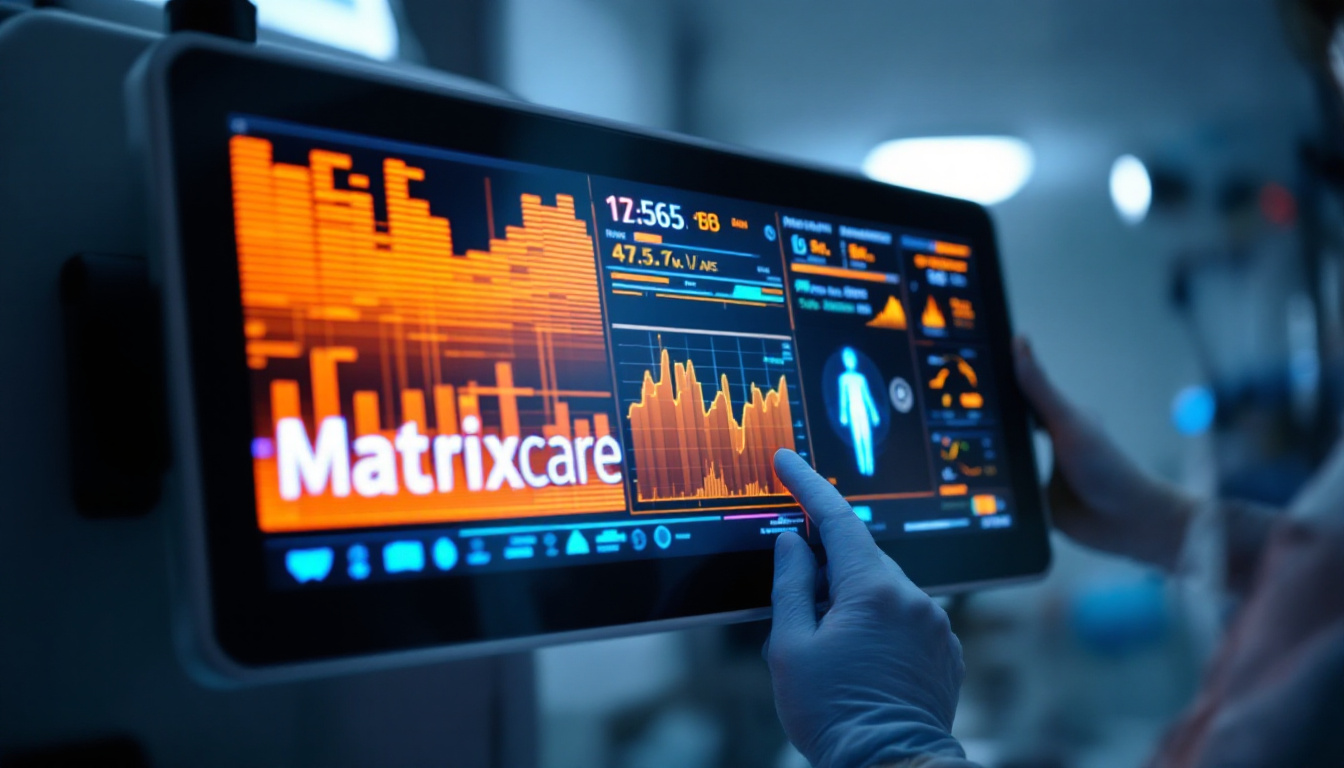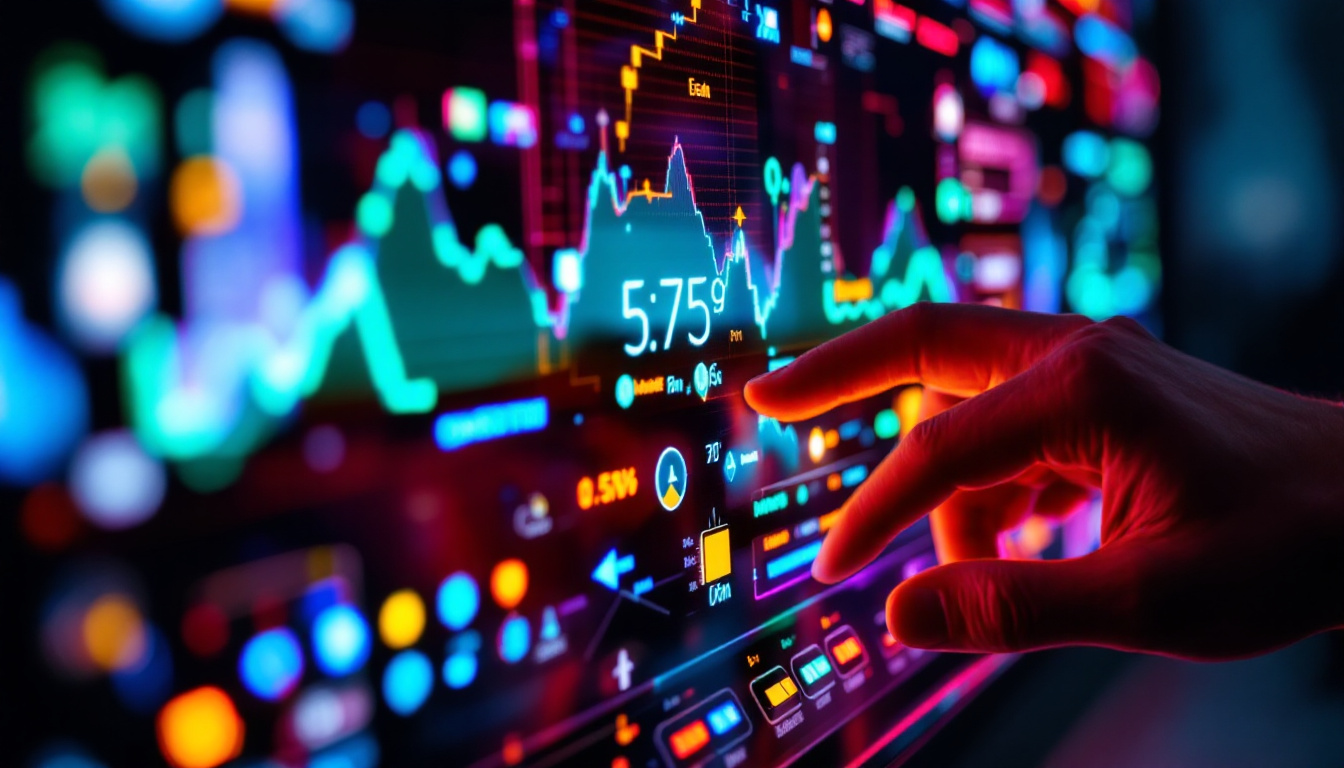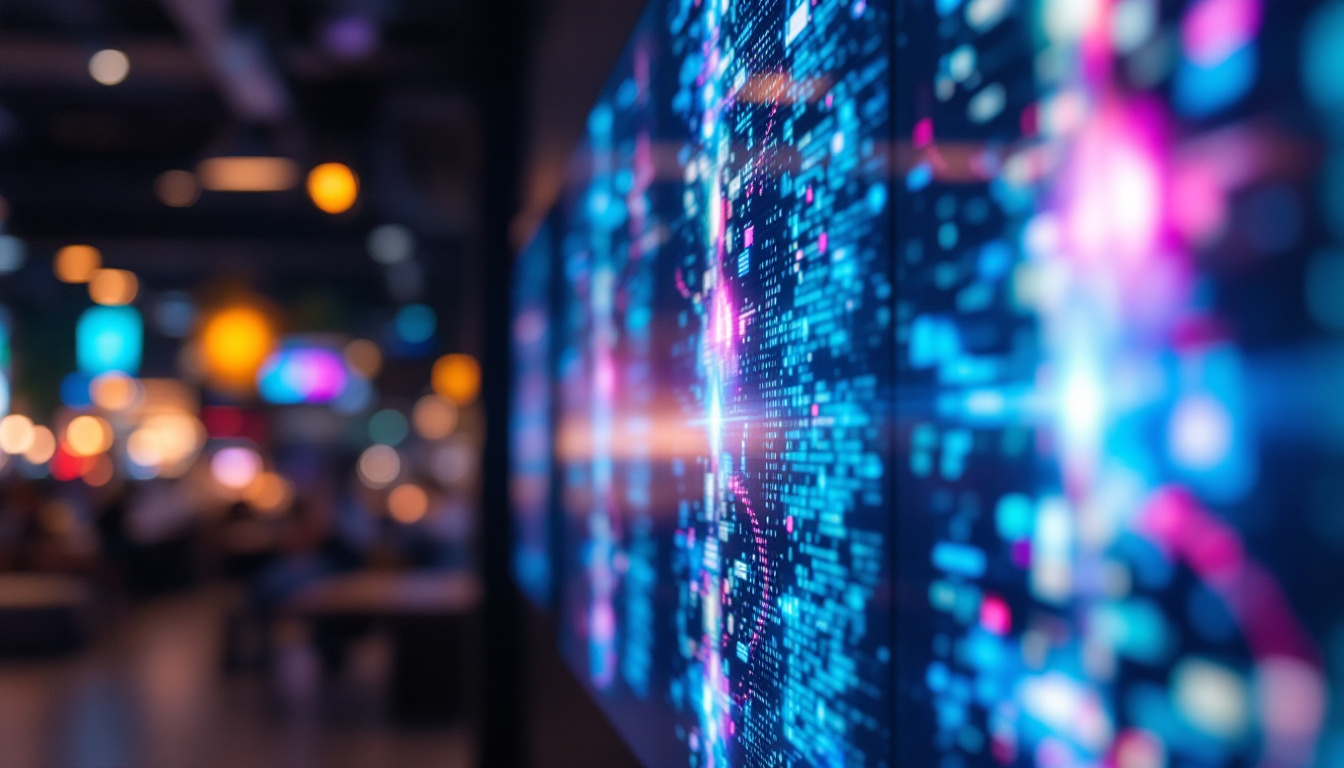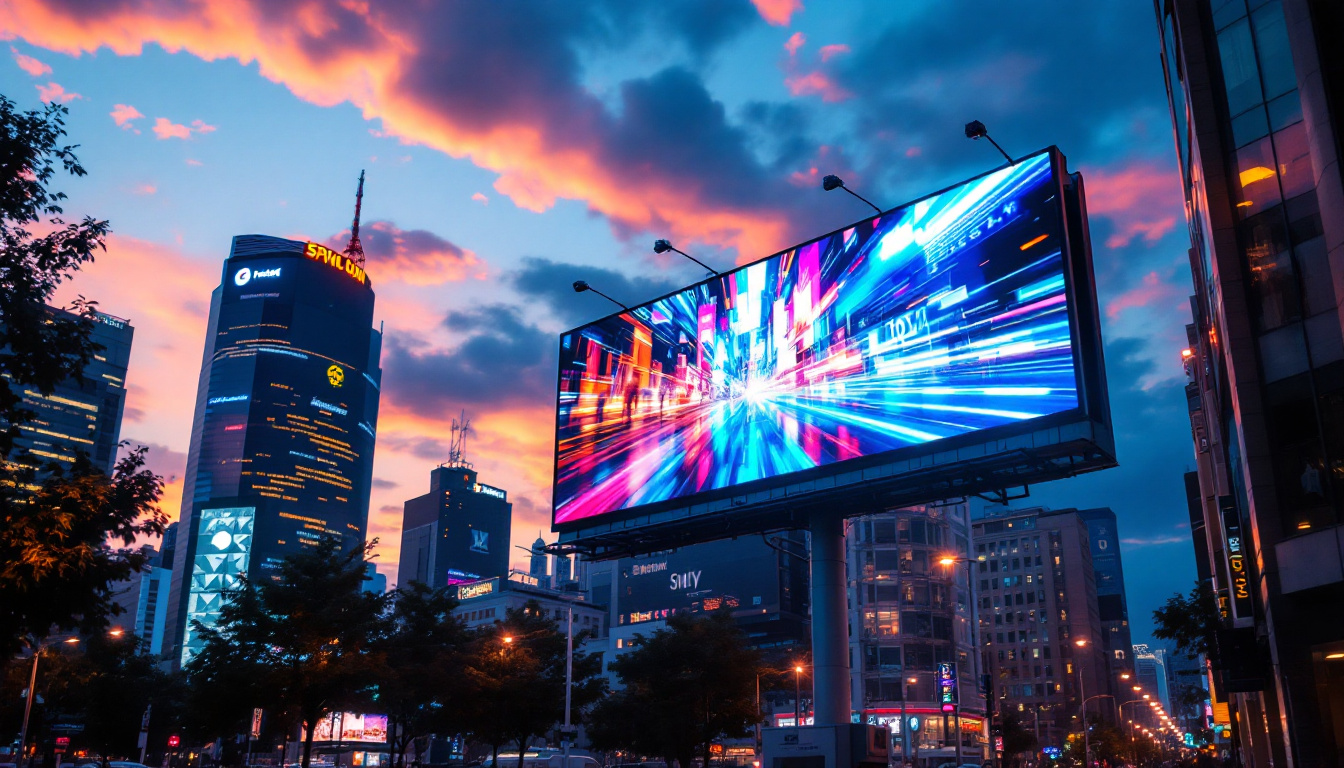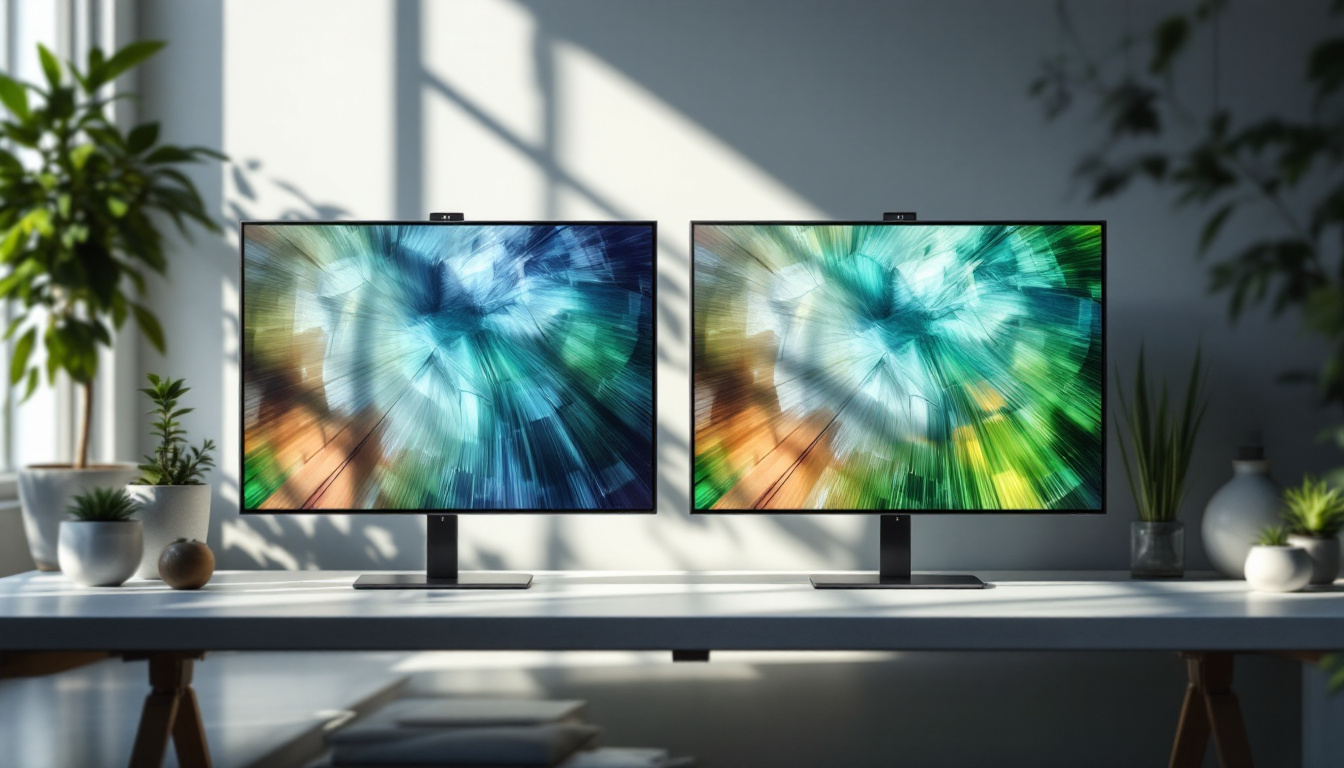In an era where digital privacy is becoming increasingly paramount, the concept of privacy screens has gained significant traction. Among the various technologies designed to enhance privacy, the Privacy Screen Pixel stands out as a noteworthy innovation. This article delves into the intricacies of LED displays, focusing on how they function, their benefits, and their applications in various fields.
Understanding LED Displays
LED (Light Emitting Diode) displays have revolutionized the way visual information is presented. Unlike traditional displays that rely on liquid crystal technology, LED displays utilize semiconductor technology to emit light. This fundamental difference allows for brighter, more energy-efficient screens that can produce a wider range of colors. The impact of LED technology can be seen in various sectors, from advertising to consumer electronics, enhancing the overall viewing experience with sharper images and more vivid colors.
How LED Technology Works
The core of LED technology lies in its ability to convert electrical energy into light. When an electric current passes through a semiconductor material, it excites the atoms, causing them to emit photons. This process is what creates the vibrant colors and brightness associated with LED displays. Depending on the arrangement of these diodes, screens can be designed to serve various purposes, from simple indicators to complex video displays. The efficiency of LEDs also means they have a longer lifespan compared to traditional bulbs, making them a more sustainable choice for both manufacturers and consumers.
Types of LED Displays
There are several types of LED displays, each serving distinct purposes. The most common types include:
- Direct View LED Displays: These are used in large-scale outdoor advertising and sports arenas, providing high brightness and visibility under direct sunlight.
- LED Backlit LCD Displays: These screens use LED technology to illuminate liquid crystal displays, offering improved contrast and color accuracy.
- Organic LED (OLED) Displays: Utilizing organic compounds, OLEDs offer superior color reproduction and flexibility, making them ideal for smartphones and televisions.
In addition to these common types, there are also specialized LED displays designed for niche applications. For instance, Transparent LED Displays are gaining popularity in retail environments, allowing for eye-catching advertisements while maintaining visibility through the screen. Similarly, Flexible LED Displays are being developed for innovative applications, such as curved screens that can fit into unconventional spaces or even wearable technology. This versatility showcases the adaptability of LED technology to meet the evolving demands of various industries.
Furthermore, the advancements in LED technology have led to the emergence of smart displays that integrate connectivity features, allowing for interactive experiences. These smart LED displays can connect to the internet, enabling real-time content updates and dynamic advertising solutions. With the rise of digital signage, businesses can now tailor their messages based on audience engagement and analytics, making LED displays not just a visual tool but a strategic asset in communication and marketing.
The Role of Privacy Screens
Privacy screens are designed to protect sensitive information displayed on screens from unauthorized viewing. They work by limiting the viewing angles of the display, ensuring that only individuals directly in front of the screen can see the content clearly. This technology is particularly beneficial in environments where confidential information is frequently accessed. In an age where data breaches and privacy concerns are at an all-time high, the implementation of privacy screens has become a vital component in safeguarding personal and corporate information.
Moreover, privacy screens are not just limited to office environments. They are also increasingly used in public spaces such as cafes, libraries, and airports, where individuals may be working on sensitive documents or accessing private accounts. The versatility of these screens makes them an essential tool for anyone who values their privacy while using digital devices in shared or crowded spaces.
How Privacy Screens Work
Privacy screens typically incorporate a micro-louver technology that consists of a series of tiny vertical blinds. These blinds are engineered to block the view from side angles while allowing a clear view from the front. This design effectively reduces the risk of shoulder surfing, a common tactic used by individuals to glean information from unsuspecting users. The effectiveness of privacy screens can vary based on the angle of the viewer, with many screens designed to offer a 30-degree viewing angle for optimal privacy. This means that anyone attempting to glance at the screen from the side will see a darkened or distorted image, thereby protecting the information displayed.
In addition to micro-louver technology, some privacy screens also utilize polarized film, which further enhances the viewing experience by reducing glare from overhead lights or sunlight. This dual functionality not only protects sensitive information but also improves the overall usability of the screen, making it easier for users to work without straining their eyes. As technology advances, manufacturers are continually innovating to create thinner, lighter, and more effective privacy screens that cater to the needs of modern users.
Benefits of Using Privacy Screens
Implementing privacy screens offers numerous advantages, particularly in professional settings:
- Enhanced Security: By limiting visibility, privacy screens help protect sensitive data from prying eyes, making them essential in workplaces where confidentiality is crucial.
- Increased Focus: With distractions minimized, employees can concentrate better on their tasks, leading to improved productivity.
- Reduced Eye Strain: Many privacy screens also come with anti-glare properties, which can help reduce eye fatigue during prolonged use.
Another significant benefit of privacy screens is their role in compliance with data protection regulations. Many industries, such as finance and healthcare, are subject to strict guidelines regarding the handling of sensitive information. By using privacy screens, organizations can better ensure that they are meeting these legal requirements, thereby avoiding potential fines and reputational damage. Additionally, the presence of privacy screens can foster a culture of security awareness among employees, encouraging them to take further precautions when handling confidential information.
Furthermore, privacy screens can be easily integrated into existing setups, making them a cost-effective solution for enhancing security without the need for extensive system overhauls. They are available in various sizes and formats, compatible with laptops, desktops, and even mobile devices, allowing users to maintain their privacy regardless of the device they are using. This adaptability ensures that privacy screens can be a practical addition to any workspace, whether at home or in a corporate environment.
Applications of Privacy Screen Pixel Technology
The versatility of privacy screens makes them suitable for a wide array of applications across different industries. From corporate offices to educational institutions, the demand for privacy-enhancing technologies continues to grow.
Corporate Environments
In corporate settings, employees often work with sensitive information, whether it be financial data, personal details, or proprietary information. Privacy screens can be installed on monitors, laptops, and tablets to safeguard this data. By ensuring that only authorized personnel can view the information, companies can mitigate the risk of data breaches.
Education Sector
Educational institutions are increasingly adopting privacy screens for classroom settings and computer labs. With students frequently accessing sensitive information, such as personal records or exam materials, privacy screens help create a secure learning environment. Additionally, they can assist in preventing cheating during examinations by limiting visibility from neighboring students.
Healthcare Industry
In healthcare, patient confidentiality is of utmost importance. Privacy screens are used in hospitals and clinics to protect sensitive patient data displayed on screens. This technology ensures that only authorized medical personnel can view patient records, thereby adhering to privacy regulations such as HIPAA.
Challenges and Considerations
While privacy screens offer significant benefits, there are challenges and considerations that users should be aware of before implementation.
Cost Implications
One of the primary challenges associated with privacy screens is the cost. High-quality privacy screens can be expensive, particularly for large organizations needing to outfit multiple devices. However, the investment may be justified by the potential savings from avoiding data breaches and enhancing employee productivity.
Impact on Display Quality
Another consideration is the potential impact on display quality. Some privacy screens may affect color accuracy and brightness, which can be a concern for professionals in fields such as graphic design or video editing. It is essential to choose a privacy screen that balances privacy needs with display quality requirements.
Future Trends in Privacy Screen Technology
The future of privacy screen technology looks promising, with ongoing advancements aimed at enhancing functionality and user experience. As digital privacy concerns continue to rise, innovation in this field is expected to accelerate.
Integration with Smart Technology
One of the emerging trends is the integration of privacy screens with smart technology. Future privacy screens may incorporate features such as automatic adjustment of viewing angles based on the user’s position, or even alerts when unauthorized viewing is detected. Such advancements could further enhance security and user convenience.
Eco-Friendly Solutions
As sustainability becomes a key focus across industries, there is a growing demand for eco-friendly privacy screen solutions. Manufacturers are exploring materials and production methods that minimize environmental impact, ensuring that privacy screens are not only effective but also sustainable.
Conclusion
The Privacy Screen Pixel represents a significant advancement in the realm of display technology, providing essential privacy solutions in an increasingly digital world. With applications spanning various industries, the importance of safeguarding sensitive information cannot be overstated. As technology continues to evolve, privacy screens will likely become even more sophisticated, offering enhanced security and user experience.
Investing in privacy screen technology is not just about protecting data; it is also about fostering a culture of security and trust within organizations. By prioritizing privacy, businesses and institutions can create safer environments for their employees, clients, and stakeholders.
In summary, as the digital landscape continues to expand, the role of privacy screens will only grow in significance, making them an essential component of modern display technology.
Discover LumenMatrix’s Advanced Privacy Screen Solutions
As the digital age advances, the need for robust privacy measures in display technology becomes more critical. LumenMatrix stands at the forefront of this innovation, offering a wide range of LED display solutions tailored to maintain confidentiality while providing stunning visual communication. From Indoor LED Walls to Custom LED Displays, our products are designed to meet the diverse needs of any industry, ensuring your sensitive information remains protected. Experience the future of secure and engaging displays by visiting LumenMatrix LED Display Solutions and take the first step towards enhancing your brand’s visibility and audience impact.


